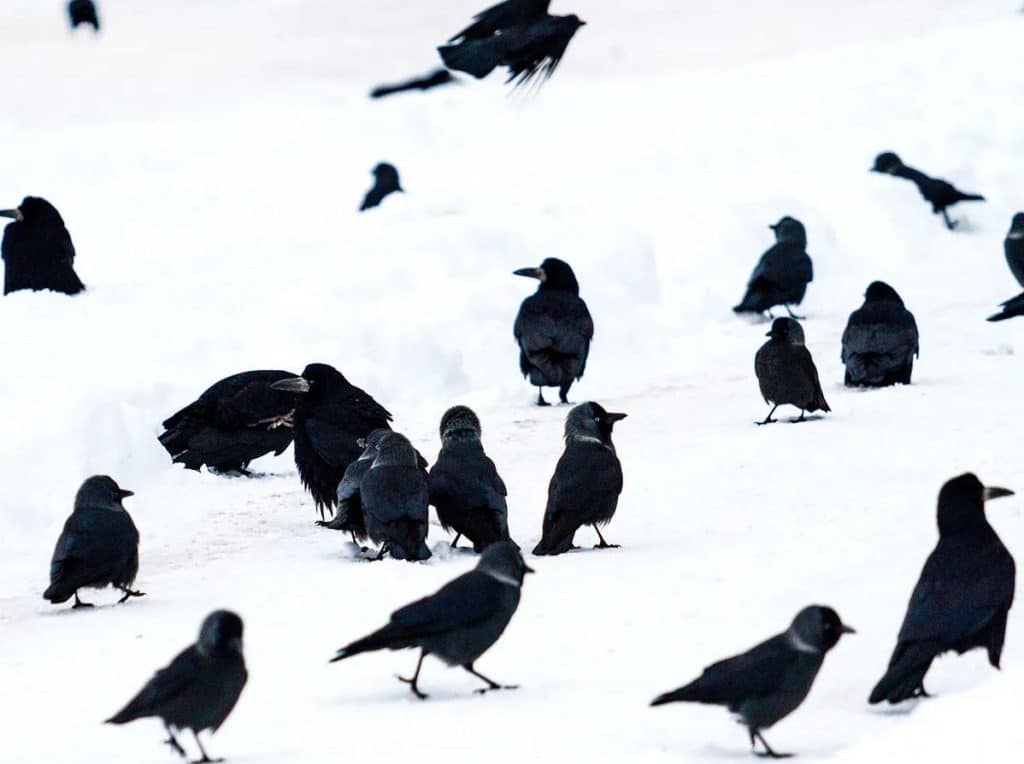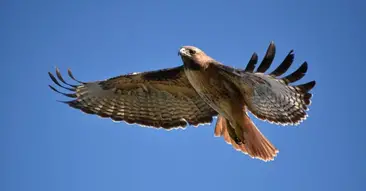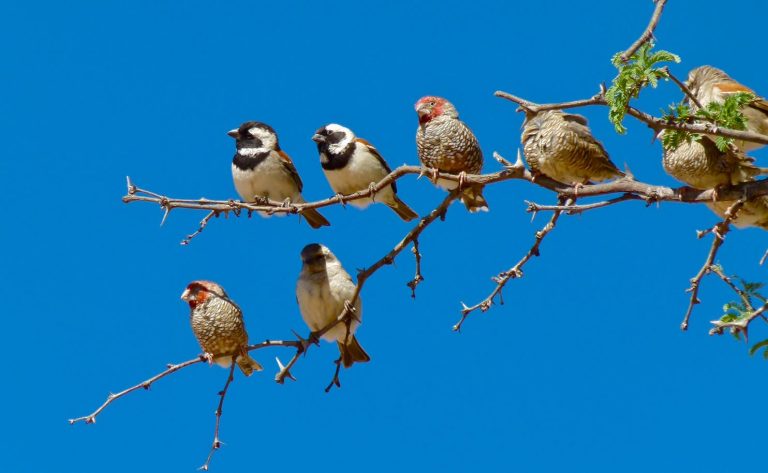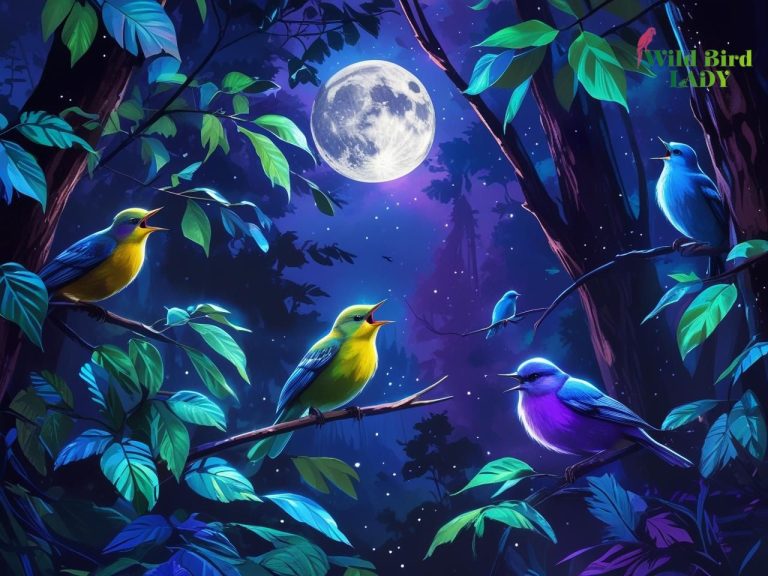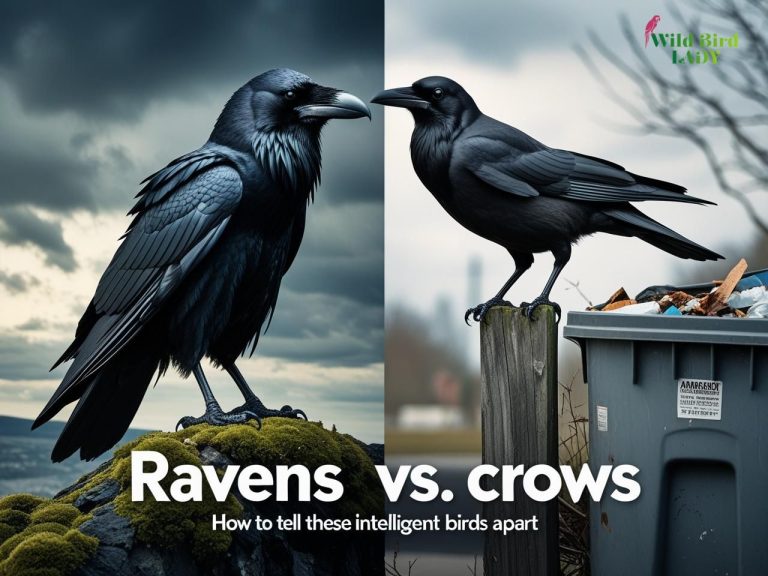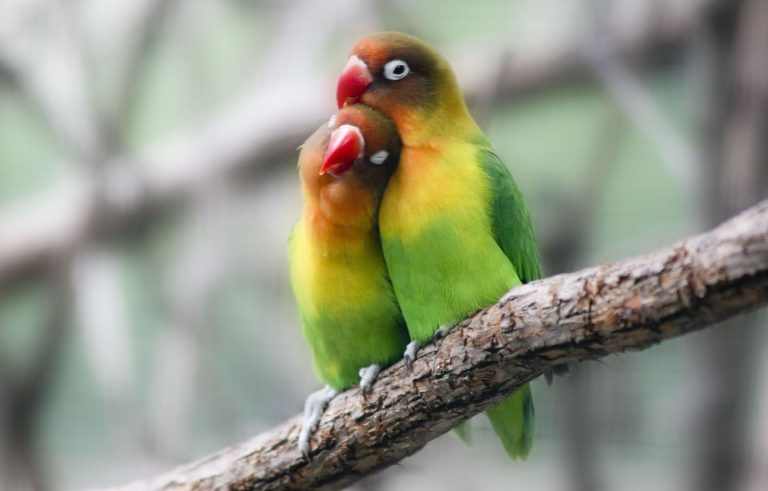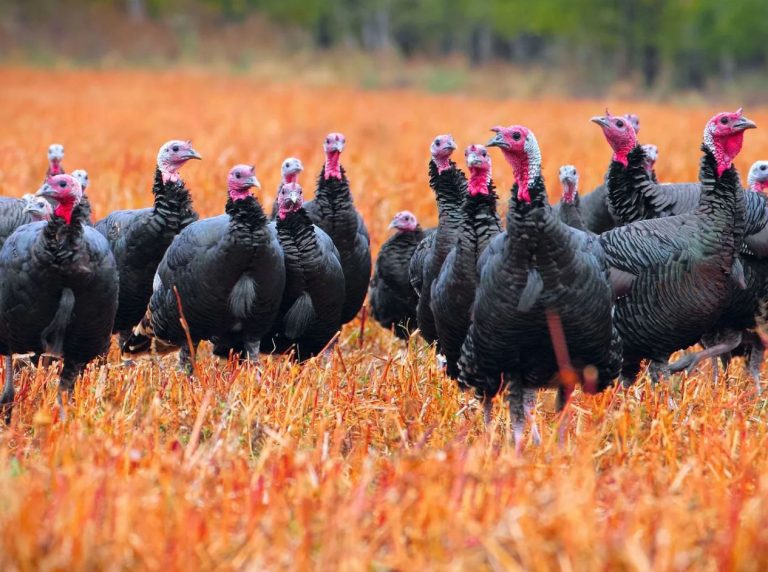What Is a Group of Ravens Called? The Dark and Mysterious Truth Revealed!
Have you ever spotted a flock of large black birds flying overhead and wondered, “What is a group of ravens called?” The answer is far from ordinary. Unlike a flock of geese or a herd of deer, the name for a group of ravens is wrapped in mystery, folklore, and even a touch of darkness.
In this article, we’ll uncover not only the term used to describe a group of ravens, but also explore the reasons behind this unusual name, their social behavior, mythological associations, and fascinating facts that will make you see ravens in a whole new light.
What Is a Group of Ravens Called?
Let’s get straight to the point.
A group of ravens is most commonly called an “unkindness” or a “conspiracy.”
Yes, you read that right.
While other birds gather in flocks or flights, ravens assemble in groups known as an unkindness or conspiracy. These terms reflect centuries-old beliefs and associations humans have had with these mysterious birds.
But why such eerie names? And do scientists use them today? Let’s break it down.
Why Are They Called an “Unkindness” or a “Conspiracy”?
The term unkindness likely stems from old European superstitions. Ravens have long been associated with death, war, and bad omens—thanks in large part to their black feathers, raspy calls, and habit of scavenging battlefields and graveyards.
The term conspiracy may have arisen from the raven’s intelligence and apparent tendency to communicate in complex ways. Ravens are one of the most intelligent birds on Earth. They’ve been observed problem-solving, playing, and even mimicking human speech. So, a group of ravens plotting together might seem, well, conspiratorial.
These names are poetic, dark, and imaginative—reflecting the lore rather than scientific observation.
Do Scientists Use These Terms?
No, not really.
Ornithologists and bird scientists prefer the term “flock” when referring to any group of birds, including ravens. It’s a more neutral, standardized term used in scientific writing.
However, in literature, art, and popular culture, unkindness and conspiracy have taken root and flourished—keeping the folklore alive.
How Many Ravens Make a Group?
There’s no strict number that defines when a few ravens become an unkindness. Typically, ravens are seen in pairs or small groups, especially in non-breeding seasons. In the winter, however, ravens sometimes gather in larger numbers—especially around food sources or roosting sites.
A “group” can range from three to several dozen individuals. These temporary gatherings are often social and opportunistic.
Raven Social Behavior: Are They Really So “Unkind”?
Despite their sinister-sounding group name, ravens are incredibly social and often cooperative birds. Let’s explore how they interact:
1. Pair Bonding
Ravens form strong monogamous pair bonds that can last a lifetime. Mated pairs often work together to raise young and defend territory.
2. Playful Behavior
Ravens love to play! They’ve been seen sliding down snowy rooftops, performing aerial acrobatics, and even playing catch with sticks.
3. Problem Solving
Ravens can solve puzzles, use tools, and plan for the future—making them one of the most intelligent non-human animals on the planet.
4. Roosting in Groups
While ravens are territorial during breeding season, they often roost in large groups in the winter, especially in colder climates. These communal roosts may serve social or survival functions, such as sharing information about food.
Ravens in Mythology and Folklore
The dark reputation of ravens didn’t come from nowhere. These birds have haunted the pages of mythology, folklore, and literature for centuries.
Norse Mythology: Odin’s Companions
In Norse mythology, the god Odin had two ravens: Huginn (Thought) and Muninn (Memory). These birds flew around the world and brought information back to him. Ravens were seen not as evil, but as wise and powerful.
Celtic Symbolism
In Celtic mythology, ravens were associated with the Morrígan, a goddess of war and fate. She could appear as a raven to foretell death on the battlefield.
Native American Beliefs
Among many Native American tribes, ravens are considered tricksters, creators, or shape-shifters. In some stories, Raven brought light to the world, while in others, he played pranks on humans.
Christianity and Medieval Europe
In Christian symbolism, ravens often represented death, sin, or bad omens. Their black feathers and carrion-eating habits didn’t help their image in medieval Europe. Hence, the term “unkindness” may have been born out of this fear.
Ravens in Literature and Popular Culture
One of the most famous literary references to ravens comes from Edgar Allan Poe’s poem, “The Raven.” The mysterious bird repeatedly utters “Nevermore” as the speaker spirals into madness.
In literature, film, and television, ravens continue to symbolize the mysterious and the macabre. Some notable examples include:
- Game of Thrones: Ravens are used as messengers and are often associated with prophecy.
- The Tower of London: Legend has it that if the ravens ever leave the Tower, the kingdom will fall.
- Harry Potter: The character of Professor Snape is often likened to a raven—dark, sharp, and mysterious.
Fascinating Facts About Ravens
You might be wondering: aside from their spooky names and lore, what else is cool about ravens? Here are some jaw-dropping facts:
1. They Can Imitate Human Speech
Like parrots, ravens can mimic human words and sounds—especially in captivity.
2. They Hold “Funerals”
Ravens sometimes gather quietly around the body of a dead raven. Scientists believe this behavior is a way for them to learn about danger in the area—not mourning, but still fascinating.
3. They Use Tools
Ravens have been observed bending wires to hook food, showing clear evidence of tool use—something very rare in animals.
4. They Recognize Faces
Studies show that ravens can recognize individual human faces—and even remember if a person treated them poorly or kindly.
5. They Plan for the Future
In a study, ravens saved tools and used them later to obtain food—a mental ability previously only seen in humans and great apes.
Where Do Ravens Live?
Ravens are found across the Northern Hemisphere, especially in:
- North America
- Europe
- Northern Africa
- Asia
They thrive in diverse habitats—from deserts to forests, tundras to coastlines. Ravens are highly adaptable and have even been seen in urban environments.
How to Spot a Group of Ravens in the Wild
If you’re hoping to witness an “unkindness” of ravens in nature, here are a few tips:
- Look during winter: Ravens are more likely to gather in larger groups outside the breeding season.
- Visit open fields or cliffs: These offer ideal roosting and hunting grounds.
- Watch their behavior: They soar higher than crows and are more likely to be seen playing or gliding on thermals.
- Listen for croaks: Unlike the caw of a crow, a raven’s call is a deeper, more resonant croak or gronk.
Raven vs. Crow: What’s the Difference?
Many people confuse ravens with crows, but they’re actually quite different.
| Feature | Raven | Crow |
|---|---|---|
| Size | Larger (up to 27 inches) | Smaller (up to 20 inches) |
| Tail Shape | Wedge-shaped | Fan-shaped |
| Sound | Deep croak | Sharp caw |
| Behavior | Often alone or in pairs | More social, seen in larger flocks |
| Beak | Thicker and curved | Straighter and thinner |
Ravens are more solitary, more mysterious—and, as we’ve seen, have the eerier group name.
Final Thoughts: A Name That Sparks the Imagination
So, what is a group of ravens called? Technically, it’s a flock—but in the realms of folklore and poetic language, we call it an unkindness or a conspiracy.
These names may not be rooted in science, but they capture our long-standing fascination with these incredibly intelligent and mysterious birds. Whether you’re a birdwatcher, a myth lover, or just someone who appreciates the unusual, ravens never fail to inspire wonder—and perhaps a chill or two.
FAQs: What Is a Group of Ravens Called?
Q: Is “unkindness” the only name for a group of ravens?
A: No, other terms include “conspiracy,” “treachery,” and the general term “flock.”
Q: Why are ravens associated with bad luck or death?
A: Their black color, scavenging habits, and eerie calls have made them symbols of death in many cultures.
Q: Do ravens actually conspire or act “unkindly”?
A: Not really! They are highly intelligent, social, and often playful birds.
Q: Can I use “murder” to describe a group of ravens?
A: No, “murder” is the collective noun for crows, not ravens.
Q: Are ravens endangered?
A: Most raven populations, especially the common raven (Corvus corax), are stable or increasing.
If you loved learning about the dark mystique of ravens, check out more bird facts and guides at WildBirdLady.com!


